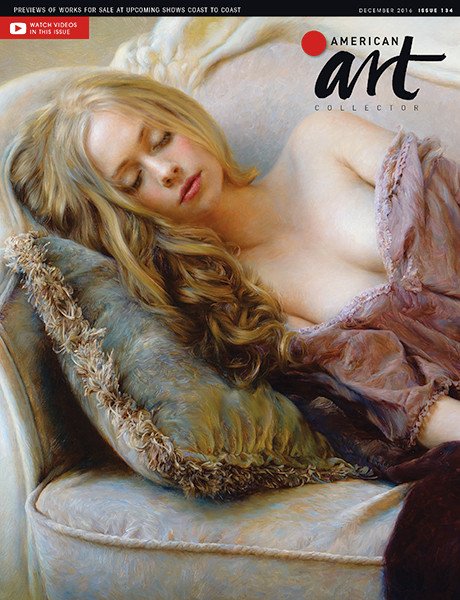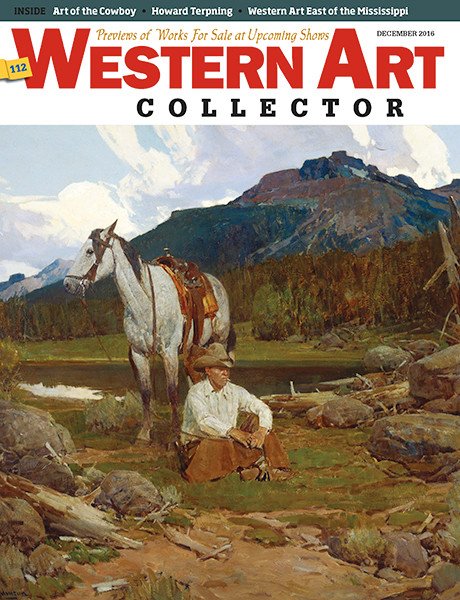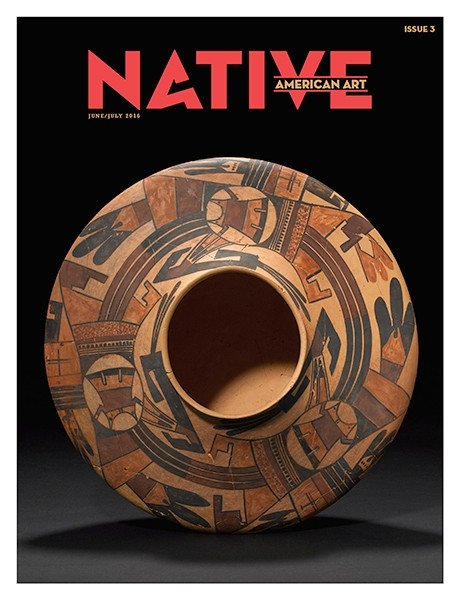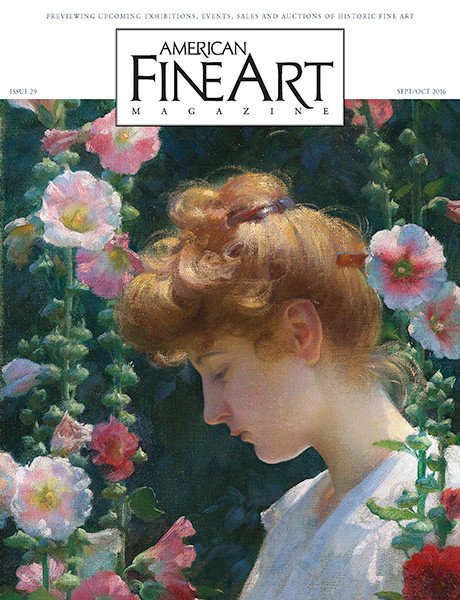 Bound by her weakness 2, colored pencil, 21 x 12" (53 x 30 cm)Grand Prize is a four-page editorial feature in American Art Collector magazine
Bound by her weakness 2, colored pencil, 21 x 12" (53 x 30 cm)Grand Prize is a four-page editorial feature in American Art Collector magazine
Tracy Frein
Illinois, USA
The Human Spirit
After responding to a “call for artists” posted by the non-profit Mental Health America of Illinois back in 2012, artist Tracy Frein began documenting subjects struggling with mental illness. The peer-led awareness project featured 24 stories written by authors with lived mental health experience. The stories and artworks would then become part of a series of community conversations held in venues across Illinois and nationwide, all culminating in a gala and silent auction held by Mental Health America of Illinois.
“I use my work to bring awareness to issues surrounding mental health and give a broader spectrum of information to the public to help reduce the stigma that my subjects suffer on a daily basis,” says Frein. Working in dry media, Frein creates figurative art and portraiture grounded in realism, and always with a deeper narrative beneath.
“Each subject is a compelling visual portrayal of the human spirit, determination and courage. I strive to show the viewer that while at first glance my subjects seem serene and normal, [they also] show a sense of inner fragility,” he says. “Capturing this inner fragility is what has moved me forward, documenting my subjects and their dealing with mental illness and addiction.”
Working with a limited color palette allows the artist to concentrate on forms, values and shadows. “Color can be very life-like but also very distracting,” he says. “I want the viewer to take a step closer to each drawing to realize that not only do the subjects and composition create a mood, but so do the textures in the background…The beauty of my process are the moments of the unexpected, the accidents of discoveries. Sometimes, the beauty of the work is in the imperfections.”
My Inspiration
As a portrait artist, my inspiration is drawn solely from my subjects’ beauty and their hidden emotional truths. Even though it is difficult to prove a definite link between art and mental health, it is not unlikely that psychological disorders can, like any other state of mind, shape individuals and their creative work. My innovative portraits uniquely reflect my subjects’ struggle and psychological condition along with their beauty. I use my work to bring awareness to issues surrounding mental health and give a broader spectrum of information to the public to help reduce the stigma.
My Design Strategy
In the beginning of each series, I start my creative process with an interview with my potential model. I try to document as I extract and understand my subjects and the beauty that blankets the demons in their minds. These conversations help me to understand the chaos and their ability to reason with their illness. To further form a story, I begin with creating initial concepts in the form of sketches. I include wardrobe, lighting, poses and makeup. Once the initial concepts are created, they are assembled in a one-hour photoshoot to create the reference photos that I draw from.
My Working Process
I model my work in black-and-white colored pencil on Grafix drafting film. Working with a limited palette allows me to concentrate on the composition, form, texture, tonal values and lighting, while exposing the mystery and wonders of my subject. I practice a subtractive and additive method to express and create the tonal values within my work while exploring the “eraser” as an art medium. This is my trademarked process called “Drawing By Subtraction.”
My drafting film consists of a matte finish on both sides. This way, while working both sides of the film, I can create the depth that adds to my subjects’ face and mood.
Contact Details
Email: tracyfrein@gmail.com
Website: tfrein.artspan.com
 Teardrops, watercolor, 30 x 22" (76 x 55 cm)
Teardrops, watercolor, 30 x 22" (76 x 55 cm)Second Prize is a two-page editorial feature in American Art Collector magazine
Carmella Tuliszewski
Pennsylvania, USA
My Inspiration
I often seek out older, used objects to study and paint. This collection of vintage ladies’ handkerchiefs presented a mixture of bold design, delicate palettes and intricate details. But what I most saw in them was how each held its own personality amid so much chaos of color and value. There were stories in there that I wanted to honor by making each seen and respected.
My Design Strategy
It’s a delicate balance of values to give each piece of cloth its due while contained in such a varied scene. I began by adjusting the values to create more definition around each piece. There were two light sources here, one on each side, so I also had to tame the confusion this may cause the viewer. I did that by enhancing and rearranging the color from cloth to cloth. This helped give each handkerchief its moment while still aware of the subtle overlapping of values on each.
My Working Process
I work from photos and arrange compositions through the viewfinder of my camera. Using just an outline of the objects in my scene for size and placement and after making any needed adjustments, I transfer this to 300-lb cold-pressed watercolor paper. I then settle in for many enjoyable hours drawing details into each piece of cloth. Working on one section at a time to completion, I begin the underpainting of values using a wet on wet mixture of Payne’s gray, raw umber and violet. I love color and details and find painting in the designs on each handkerchief pure joy. I usually walk away from a piece for a few days, going back with fresh eyes to darken and enhance as needed.
Contact Details
Email: cmtulis@gmail.com
Website: carmellatuliszewskiart.com
 Sugar Crush, oil on canvas, 50 x 31½" (104 x 80 cm)
Sugar Crush, oil on canvas, 50 x 31½" (104 x 80 cm)Third Prize is a one-page editorial feature in American Art Collector magazine
Jeannine Zambrano
Nuevo Leon, Mexico
My Inspiration
The idea for this painting came during a trip to an antique store in Boston, where I found the Coca-Cola glass featured in this artwork. I instantly pictured the painting in my mind, bought the glass and set up the scene at home. Soda is such a big part of modern culture, and Coca-Cola is an icon everyone recognizes. I’m drawn to soda cans because of their vibrant colors and metallic textures, which become even more interesting when crumpled. Sugar Crush celebrates soda through the senses: the fizzing sound, the cool touch of a glass, the classic taste of Coca-Cola and the visual experience of this detailed, realistic painting. It’s more than a still life, it’s a tribute to shared moments and memories.
My Design Strategy
I had a clear idea of what I wanted from the start. The key was waiting for the perfect sunlight to come through the window, creating the right reflections and shadows. I love working with reflections, so I spray-painted clear glass with white paint to make it pop and crumpled the soda cans to give them more texture and personality. Once I had everything set up, I asked my aunt to help me pour the Coca-Cola while I took pictures. After trying different angles, I found the perfect shot, and that became my reference for the painting.
My Working Process
I started by tracing the composition onto the canvas using a tempera and pigment base to set things up. Then the fun began—mixing colors to match the reference as closely as possible, having my photo as a reference. I worked in layers: first the base tones, then adding depth and detail, and finally the highlights and glazes to make it all come alive. Every brushstroke was careful and intentional to create smooth transitions and a realistic look. It was such a rewarding process, bringing my idea to life and creating something people can connect with.
Contact Details
Email: jeanninezambranoart@gmail.com
Website: jeanninezambrano.com
Finalists
Each receives an Award Certificate and a one-year subscription to International Artist magazine PLUS having their work seen worldwide by international galleries looking for new talent.
 Lake and Waterfall, pastel, 14 x 11" (35 x 27 cm)
Lake and Waterfall, pastel, 14 x 11" (35 x 27 cm)Yanteng Xiong
California, USA
My Inspiration
The serene beauty of untouched nature has always captivated me. Inspired by the gentle flow of water cascading over rugged rocks, I sought to capture a fleeting moment of harmony, where the tranquility of the lake meets the raw energy of the waterfall, embraced by lush greenery.
My Design Strategy
I focused on balance and depth. By emphasizing light and shadow, I created contrast to draw the eye toward the waterfall, the heart of the composition. The surrounding foliage and textured rocks frame the scene, enhancing its immersive calmness.
My Working Process
I began by sketching the composition lightly to ensure the proportions felt natural. Layering soft pastel, I worked from the background to the foreground, blending tones to create smooth transitions. Highlights on the water were carefully applied last, ensuring the waterfall appeared vibrant and alive against its darker surroundings.
Contact Details
Email: 118085618@qq.com
Website: instagram.com/xiongyanteng.art
 Homes Twenty-nine, watercolor, 15 x 22" (38 x 55 cm)
Homes Twenty-nine, watercolor, 15 x 22" (38 x 55 cm)Jiangang Sun
Shanxi, China
My Inspiration
My inspiration comes from the bird nests that are common in the southern bushes here. Some egg nests show rich light and shadow relationships and layers under the sunlight, and the color and texture of the bird eggs are very beautiful. All of this is combined into a beautiful painting.
My Design Strategy
This painting has a delicate design for the direction of light and the arrangement of projection. The final picture presents a strong sense of primitiveness. The egg nest reflects the relationship between nature and humans, metaphorically representing the concept of home.
My Working Process
My creative process is to select and collect materials first, and then determine the creative plan based on photos and sketches. I first draw the draft on paper with a pencil, then render and depict it with a combination of dry and wet painting. In the process, pay attention to color changes and tonal coordination and complete the work according to strict watercolor procedures.
Contact Details
Email: 1368872694@qq.com
Website: facebook.com/sunjiangangyiwang
 If I Don’t See You In The Future, I’ll See You In The Pasture, oil on linen, 72 x 48" (182 x 121 cm)
If I Don’t See You In The Future, I’ll See You In The Pasture, oil on linen, 72 x 48" (182 x 121 cm)Nancy Hollinghurst
New Jersey, USA
My Inspiration
As a greater artistic theme, I’m exploring value, specifically the emotional narrative we embed into objects and the psychology that drives our compulsion to collect them. Do collectors assign value based on emotional fantasy, beauty or monetary worth—or all three? As an artist and collector of random oddities, it’s a dual-edged curiosity. Using my collection of head vases and figurines, I create large-scale paintings of still lifes and fantastical scenes, blending past and present in playful, thought-provoking ways.
My Design Strategy
I am always on the hunt for head vases and other oddities. Sometimes when I find one I have an immediate idea; other times I sit with them for a while. For floral still lifes, I choose flowers based on shape, color and symbolism, and then I photograph the arrangement. To work out the landscape or setting that my fantasy-based still lifes will live in, I use photos I’ve taken of the subject and composite them in Photoshop to create a painting reference.
My Working Process
After deciding on an image that suits the subject and concept of the piece, I’ll project the image on a wall to determine the size. Upon receiving the custom stretchers, I stretch the canvas and transfer the image. I pre-mix the larger batches of paint, noting color recipes for later touch-ups. As I paint, I use the references as a general guideline and change things like lighting and colors in real time as the nature of the image reveals itself.
Contact Details
Email: hello@nancyhollinghurst.com
Website: nancyhollinghurst.com
 Windborne, oil on panel, 36 x 36" (91 x 91 cm)
Windborne, oil on panel, 36 x 36" (91 x 91 cm)Daniel Robbins
Virginia, USA
My Inspiration
When my daughter was younger, I would watch her scribble with neon glitter gel pens on coloring book pages. It seemed random, until she drew something—a rainbow, usually—on another page. One evening, as I watched, the braid her mother made caught the fading light, and for a brief moment, she paused, sensing something beyond. It reminded me that one day she will be carried away like a kite in the wind.
My Design Strategy
The central figure stands as the sole vertical element amidst horizontal lines; the railing, clouds and books all draw the eye to the right, while the girl’s gaze follows the kite. She has turned away from her older companion, with whom she colors. This moment reflects my desire to guide her, or perhaps keep her as she is, but I know she will inevitably chart her own path, moving counter to my intentions.
My Working Process
The image began with a photo of my daughter coloring, which I altered in Photoshop, collaging and omitting elements. Background details were sourced from other photos taken during the same trip. Later, I took references of the markers, pens and one of the coloring books. Once the collage was complete, I transferred the drawing using a grid or projector. I paint in layers, starting with acrylics and then applying glazes and scumbles in alternating layers.
Contact Details
Email: artofdanielrobbins@gmail.com
Website: danielkrobbins.com
 Empath, oil, 40 x 60" (101 x 152 cm)
Empath, oil, 40 x 60" (101 x 152 cm)Patricia Guzman
Querétaro, Mexico
My Inspiration
I paint portraits of Indigenous people as a gesture of empowerment and visibility for the Native peoples, their wisdom and their alternative ways of understanding the world. The paintings are an act aimed at dismantling the classism and racism that still prevails, the result of centuries of oppression and injustice. We are all equal, we are the same.
My Design Strategy
My design strategy started from the moment I was focusing my camera and lens onto her, trying to get the best possible lighting and gesture. Afterwards I cropped the image so that the eyes were the main focus of the painting.
My Working Process
I knew I was going to paint her after returning from a trip to Perú and Bolivia. However, it took four years to complete since I worked on the painting on and off during the pandemic and having made two major moves across the country. This painting taught me so much on a technical level. From start to finish, I poured my heart into this piece.
Contact Details
Email: patriciafineart@gmail.com
Website: patriciaguzman.org




